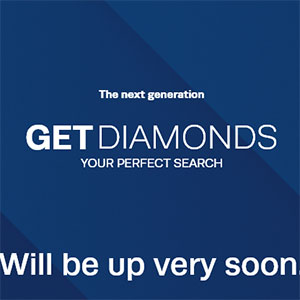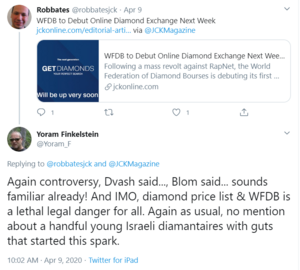I read this article today and was asking myself what it means for the trade as well as consumers.
Would any trade members provide some insight on this?

 www.jckonline.com
www.jckonline.com
Would any trade members provide some insight on this?

WFDB to Debut Online Diamond Exchange Next Week - JCK
After hundreds of dealers pulled their goods from the RapNet platform, the World Federation of Diamond Bourses (WFDB) will debut its first online diamond








300x240.png)